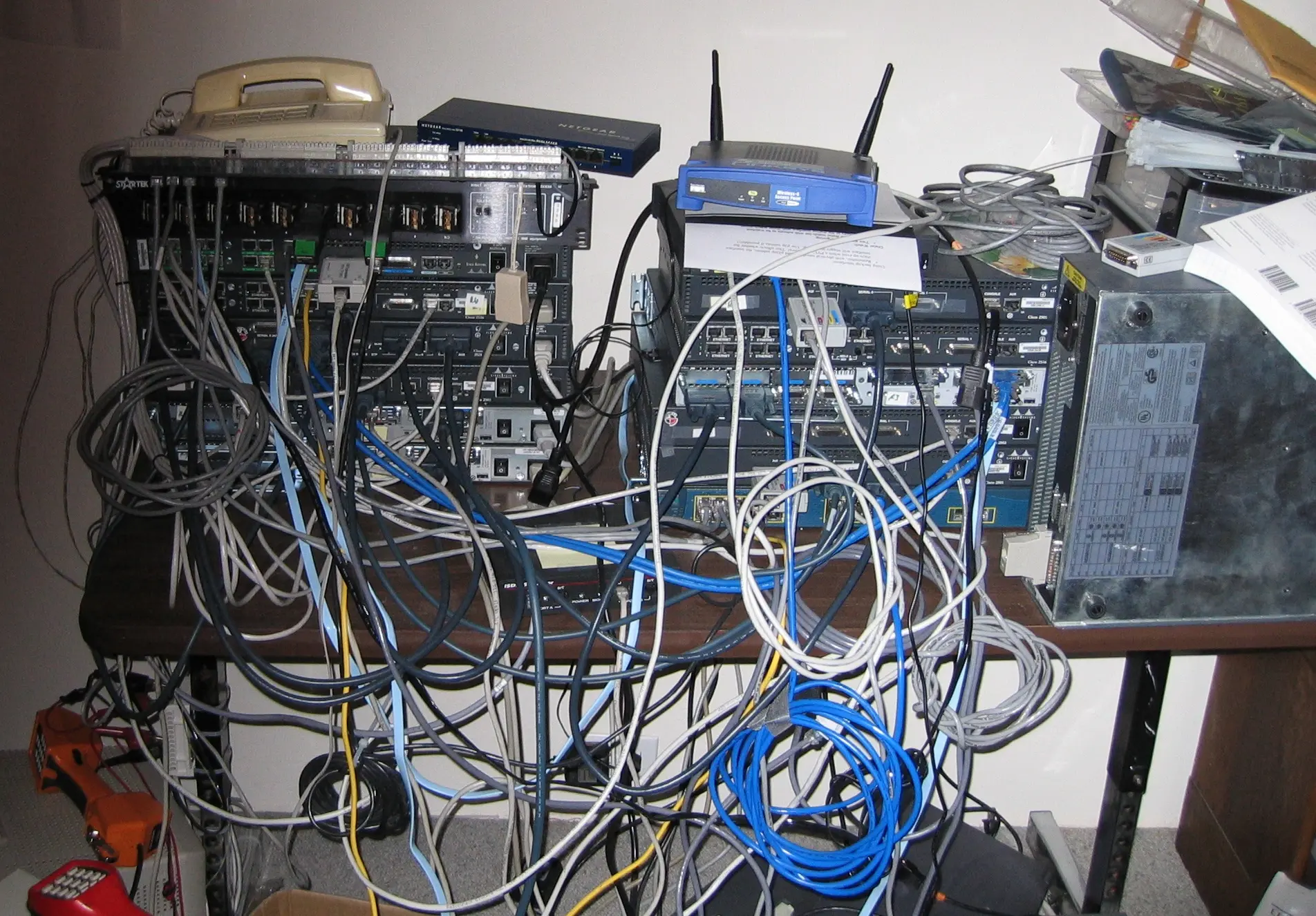The Cisco Certified Internetwork Expert (CCIE) Lab Exam is widely regarded as one of the most prestigious and challenging certifications in the networking industry. Administered by Cisco Systems, the CCIE certification is a testament to an individual’s expertise in network engineering. The lab exam is a crucial component of the certification process and is designed to assess not just theoretical knowledge but practical, hands-on skills at an expert level.
In the networking world, where configuration, troubleshooting, and design skills are essential, the CCIE Lab exam resources from spoto is considered the ultimate benchmark of excellence.
An Overview of the CCIE Certification
The CCIE certification program was launched by Cisco in 1993 and has since evolved into several tracks, including:
- CCIE Enterprise Infrastructure
- CCIE Enterprise Wireless
- CCIE Security
- CCIE Data Center
- CCIE Service Provider
- CCIE Collaboration
Each track corresponds to a specific domain within networking, and the lab exam is tailored accordingly.
Before one can attempt the lab exam, they must first pass a qualifying written exam, now known as the CCIE qualifying exam, which also earns the candidate a Cisco Specialist certification. This is followed by the CCIE lab exam, which truly tests a candidate’s ability to configure and troubleshoot complex network infrastructures in real-time scenarios.
The Structure of the CCIE Lab Exam
The lab exam is an 8-hour, hands-on test that evaluates a candidate’s ability to implement, troubleshoot, and optimize network configurations. The structure of the lab may vary slightly depending on the track chosen, but generally, it includes the following sections:
-
Design
Candidates are presented with a network scenario and must analyze requirements, constraints, and best practices to design a solution. This section assesses the ability to think strategically and architect scalable, secure, and efficient networks.
-
Deploy (Configuration)
In this part, the candidate must configure network devices based on a given topology and requirements. This tests practical configuration skills and the ability to integrate multiple technologies under pressure.
-
Operate and Optimize (Troubleshooting and Maintenance)
This section challenges candidates to troubleshoot issues within an existing network setup and optimize its performance. It’s not just about fixing problems, but also improving efficiency, security, and reliability.
The exam is conducted at specific Cisco-authorized locations or, for some tracks, remotely using Cisco’s secure proctoring system. Candidates have access to a full suite of Cisco equipment and software to complete the tasks.
Key Skills Tested
The CCIE Lab Exam assesses a broad set of skills, including:
- Advanced routing and switching (OSPF, BGP, EIGRP, etc.)
- Network security configurations (ACLs, VPNs, firewalls)
- Data center technologies (VXLAN, ACI, fabric infrastructure)
- Collaboration tools (CUCM, voice gateways, SIP trunks)
- Wireless technologies (WLC, RF design, mobility)
- Service provider protocols (MPLS, Segment Routing, QoS)
Depending on the chosen track, candidates will be expected to master specific tools, protocols, and architectures.
Preparation: More Than Just Studying
Due to its difficulty, preparing for the CCIE Lab Exam is an intense and time-consuming endeavor. Most candidates spend several months, often over a year, studying and practicing in lab environments.
A typical preparation strategy includes:
-
Building or renting lab environments: Many candidates use platforms like Cisco VIRL or rent rack time on physical equipment.
-
Joining study groups or bootcamps: CCIE bootcamps, often offered by Cisco Learning Partners, provide intensive training and access to experts.
-
Using practice exams and scenarios: Realistic mock exams help simulate the pressure and timing of the actual test.
It’s important to note that the lab exam is not just about rote memorization or familiarity with commands—it demands deep understanding, speed, and problem-solving under pressure.
Why Is the CCIE Lab Exam So Respected?
The difficulty and rigor of the CCIE Lab Exam are what make the certification so highly respected. Fewer than 3% of Cisco certified individuals ever achieve CCIE status. Those who do are often recognized as experts in their field, with a deep command of networking principles and the ability to handle complex systems in enterprise environments.
Furthermore, the lab exam’s focus on real-world problem-solving rather than purely theoretical knowledge distinguishes it from many other IT certifications.
Career Impact and Industry Recognition
Achieving CCIE status can significantly boost a networking professional’s career. CCIEs are in high demand across industries, including finance, healthcare, telecommunications, and government. Typical roles for CCIEs include:
- Senior Network Engineer
- Network Architect
- Infrastructure Consultant
- IT Director
- Pre-Sales Engineer for high-end solutions
According to industry surveys, CCIE-certified professionals often command six-figure salaries and are sought after by major companies and Cisco partners globally.
Conclusion
The CCIE Lab Exam stands as one of the most challenging and respected certification exams in the IT world. Its emphasis on hands-on, real-world skills ensures that only the most proficient network engineers earn the CCIE title. While the path to certification is demanding, the career rewards, industry respect, and deep technical mastery make the journey well worth the effort.
Whether you’re aspiring to become a network architect or aiming to validate your skills at the highest level, the CCIE Lab Exam represents a true measure of excellence in the networking field.
Also Read-Enhancing Construction Site Productivity Through Wearable Tech
